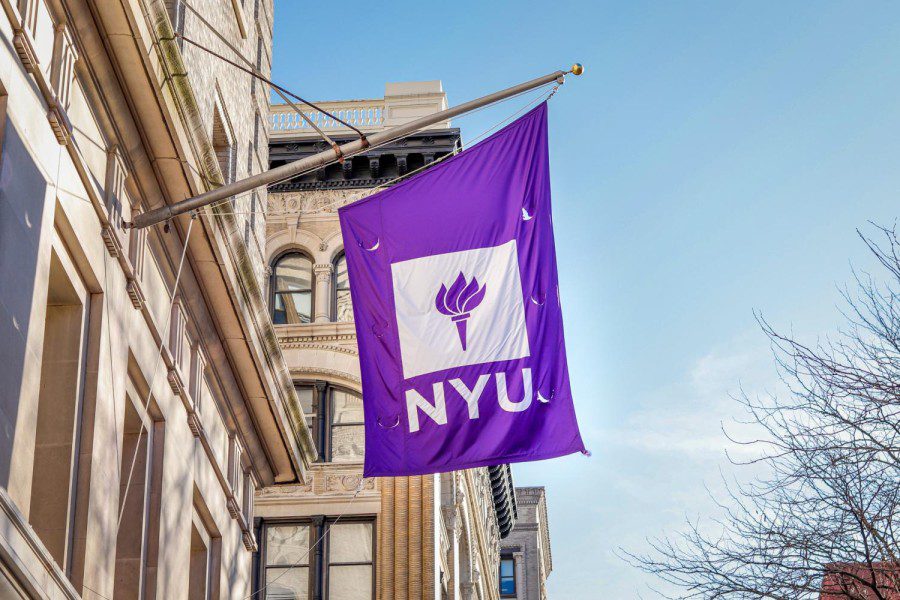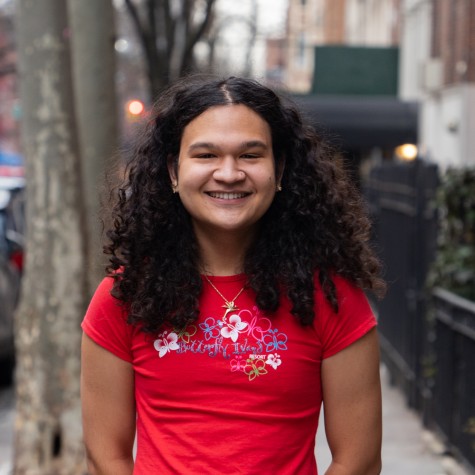Opinion: Native students need their own space at NYU
Columbia University gave its Native students a brownstone, while NYU’s Native students group meets underground weekly.
(Lauren Sanchez for WSN)
October 14, 2022
Native students at Columbia University were recently approved for a five-story brownstone to be used as a long-term residence for Indigenous and Native students. Granting these students a housing space is a step in the right direction toward confronting the colonial history of Columbia, and it’s also a wake-up call for NYU to do more for its own Indigenous student population.
The Indigehouse, located on 113th Street, is a new part of Columbia’s Special Interest Communities, and now houses 14 Indigenous residents and one resident assistance. Despite the city’s chaos, the housing space provides a sense of community. This brownstone is one of several Indigenous residential communities offered at Ivy League institutions and other colleges throughout the land occupied by the United States. No such option is available at NYU.
During the 2020-21 academic year, only 74 students of NYU’s undergraduate population identified as Native Hawaiian/Pacific Islander or American Indian/Native Alaskan — 0.003% of the undergraduate student body. As a member of this small population of Indigenous students, finding a community of people like me at NYU can be difficult, and without a proper space to gather, college can be a lonely experience.
Organizations like NYU’s Native American and Indigenous Students Group hold weekly meetings and programs that allow students to interact with Native peers on campus and out in the community. Though these meetings are beneficial, the university fails to offer adequate space to facilitate the community needs of Indigenous peoples — needs that are intrinsically tied to the land one resides on.
The Native American and Indigenous Students Group meets every Thursday in an underground classroom on the lower level of the Academic Resource Center. There is currently no other space available for Indigenous students to gather on campus.
NYU does provide certain groups physical spaces on campus, like the LGBTQ+ Center, the Catholic Center and the Bronfman Center for Jewish Student Life. Somewhat similar to Columbia, NYU also offers themed engagement communities for students in residential halls, but an Indigenous community is not one of them. NYU additionally allocates the penthouse and loft floors of certain residence halls for Greek life student housing.
If we give Native students the same resources in terms of funding and housing that we allocate for Greek life, Native students can be supported in the too-often isolating experience of being Indigenous in academia. As a current RA of two loft floors in the Third Avenue North dormitory, I am responsible for bi-weekly programs, weekly hall snacks and frequent meetings with my residents. I would be more than happy to facilitate this living and community space tailored for Native students. The Native American and Indigenous Students Group could have a designated physical space, above ground, on campus, and those looking for a community space could literally find a home.
To be fair, envisioning a future where NYU’s Native students can enjoy our own space seems dismal when looking at what the university currently offers for Native students. NYU’s history department houses the Native American and Indigenous Studies minor, which has a mandatory “Introduction to Native American and Indigenous Studies: The Politics of Indigeneity” course requirement, and four electives under various departments. But there is no central department for Native studies at NYU, and the current Asian/Pacific/American department is failing to represent the needs of Pacific Islander and Indigenous students.
As a graduate of a Native Hawaiian boarding school, I can attest to the importance of having a curriculum tailored to the needs of Native students, along with a living space where cultural traditions can find a home. It is critical that NYU provide this community center for Indigenous students as a way of reprimanding the wrongs of colonialism and addressing the current needs of its Indigenous student population.
It’s time we allocate more time toward addressing the needs of Native students — needs that are not met in the 30 seconds the university spends on its land acknowledgements. When we acknowledge the people of the land that we occupy, it’s essential to also explain how we can help those dispossessed by colonialism and U.S. imperialism. NYU acknowledges its dispossession of Native land — it’s time they do something about it.
WSN’s Opinion section strives to publish ideas worth discussing. The views presented in the Opinion section are solely the views of the writer.
Contact Derek Kamakanaaloha Soong at [email protected].

























































































































































